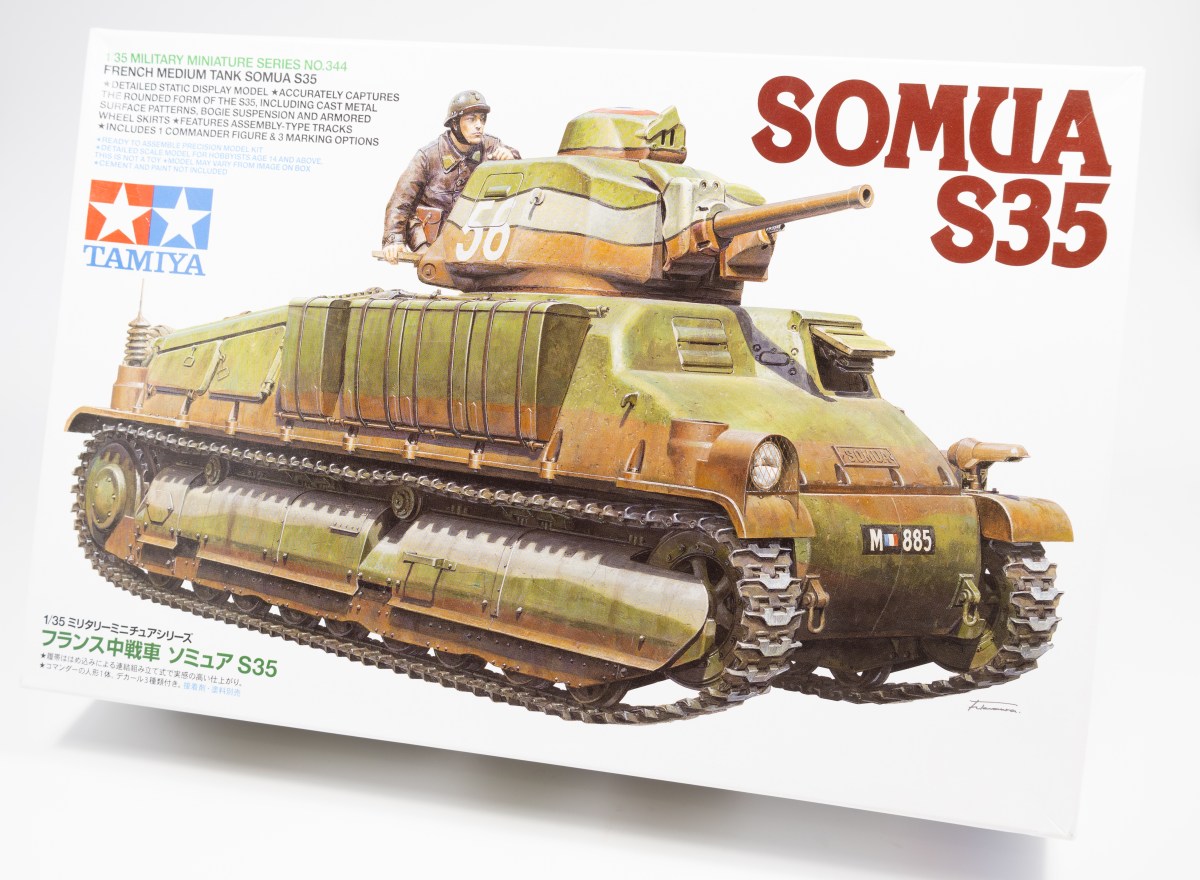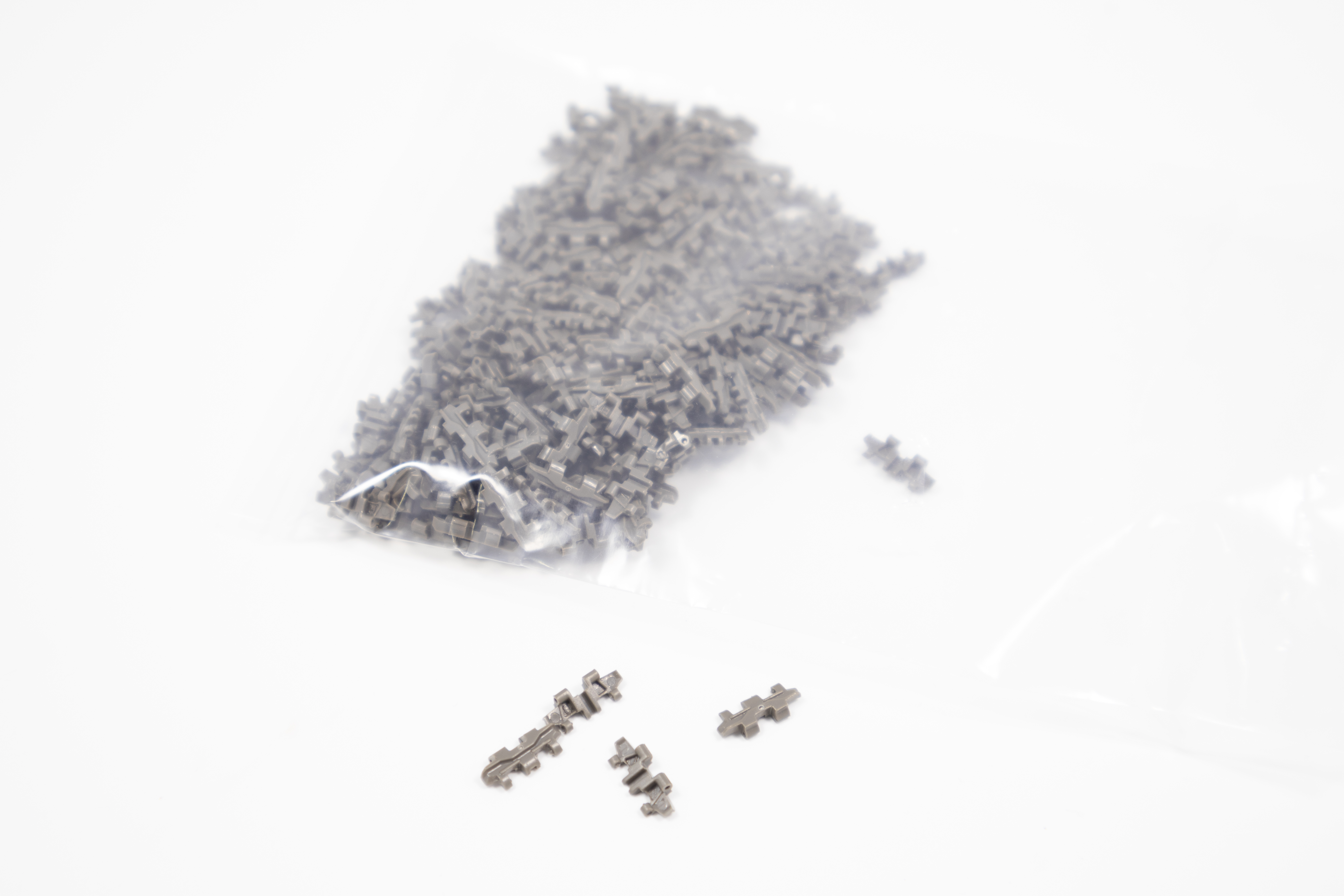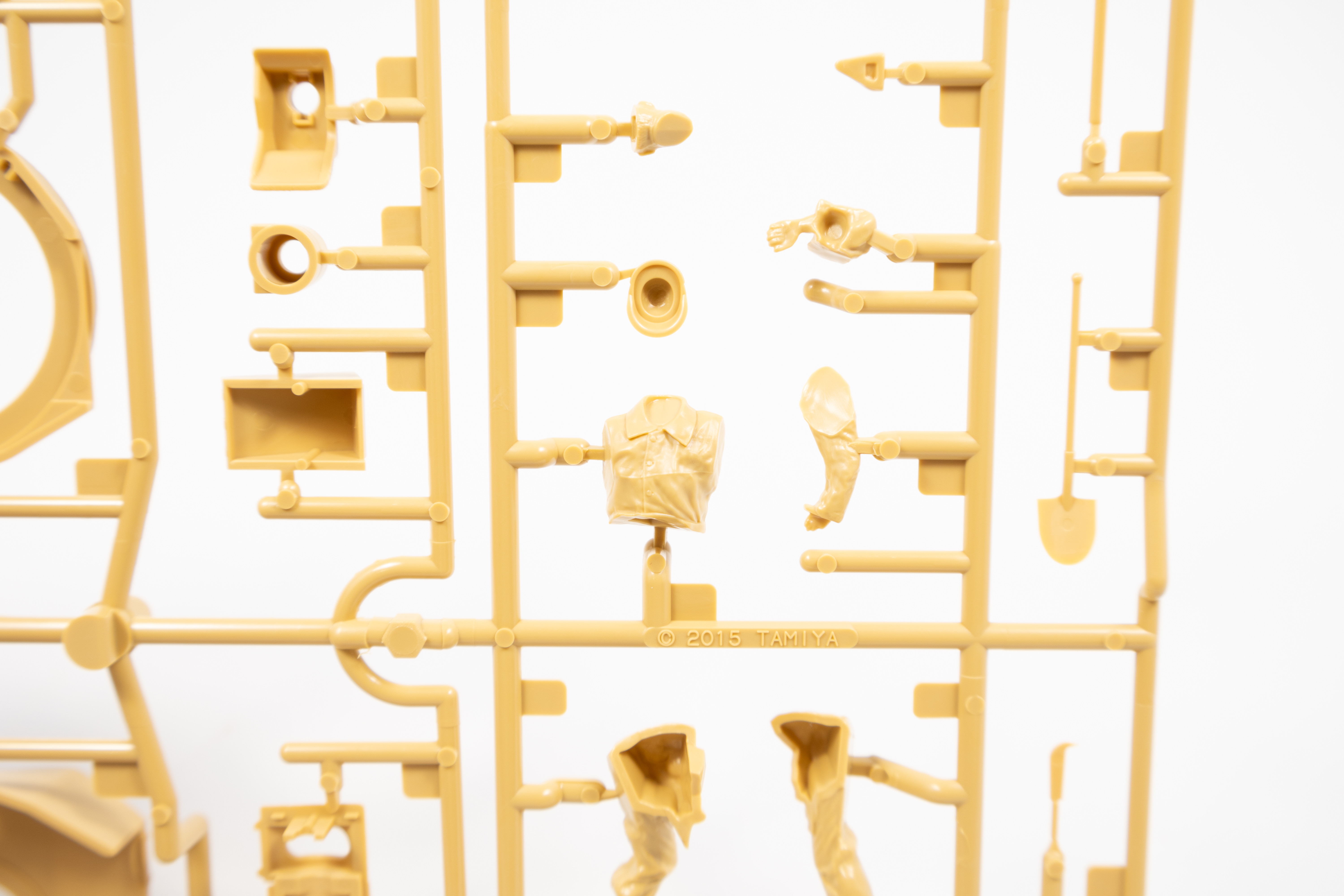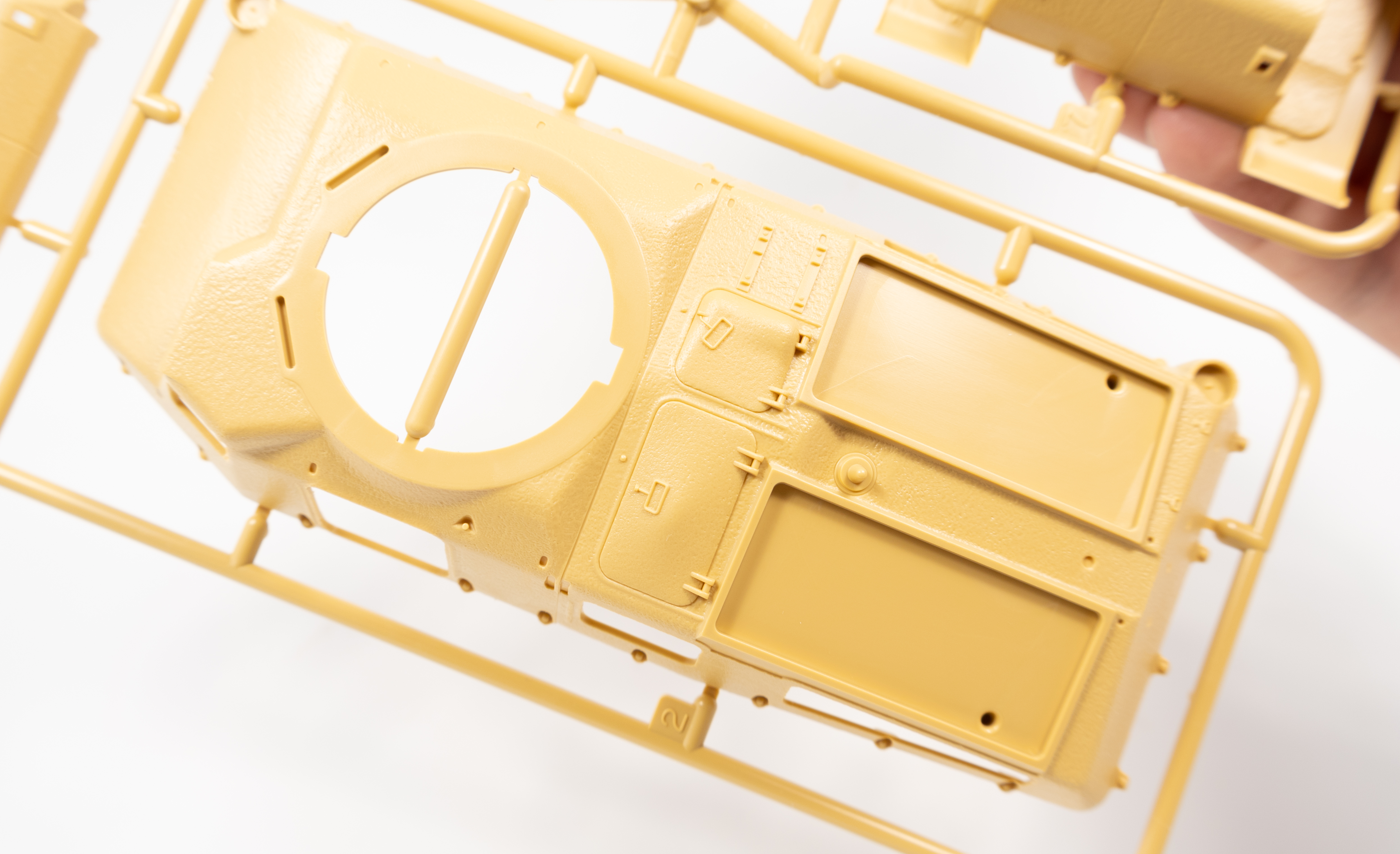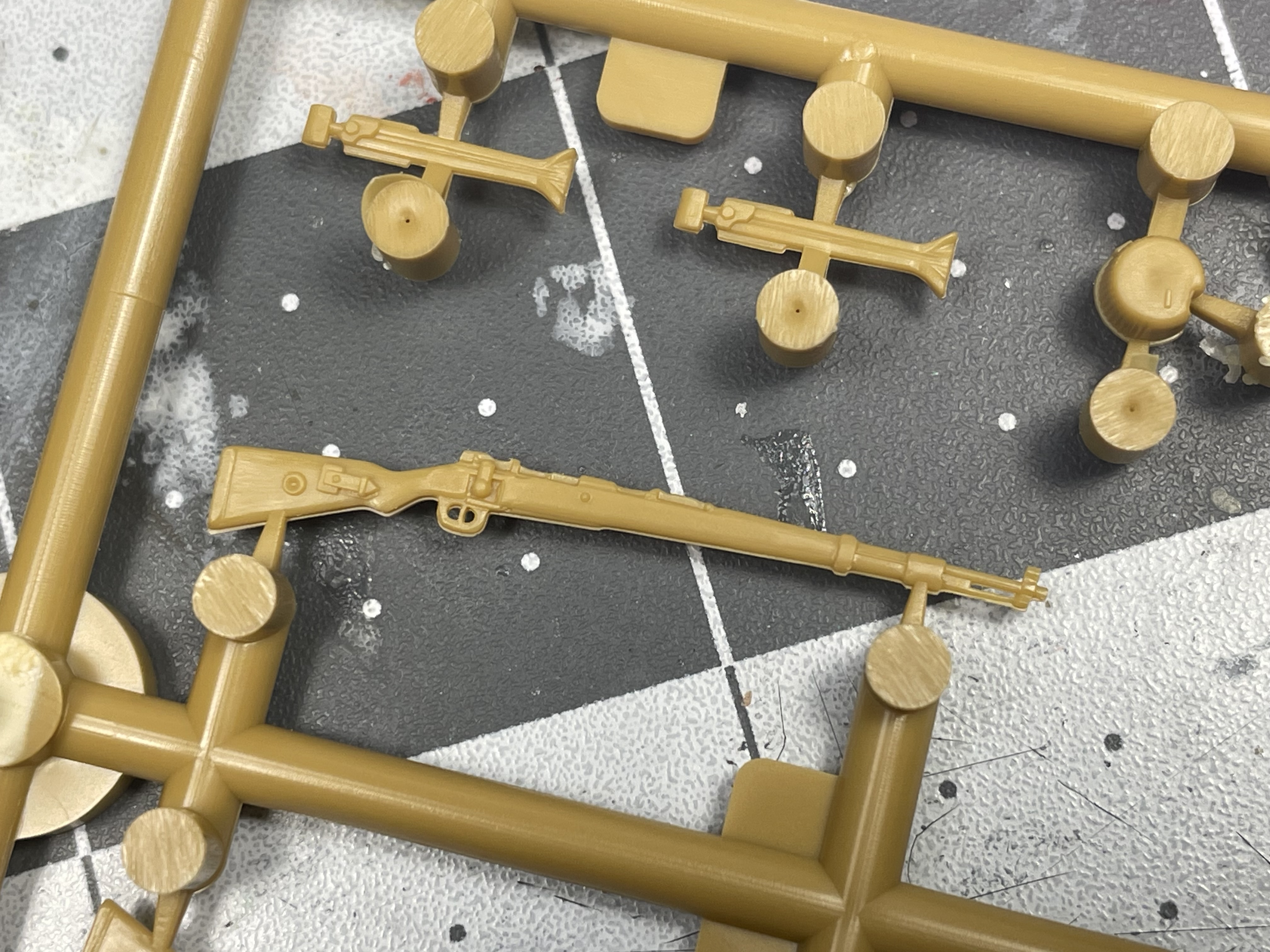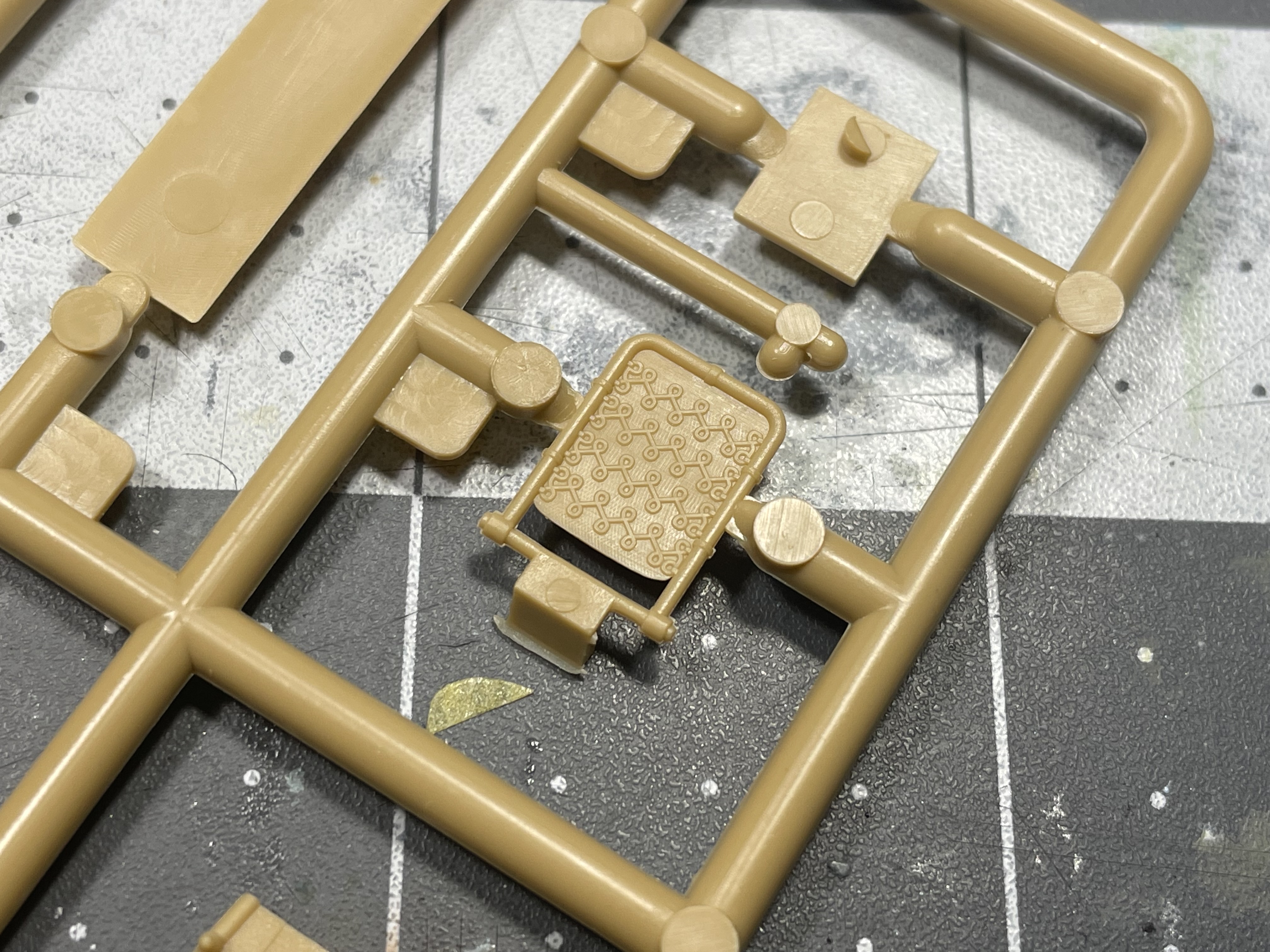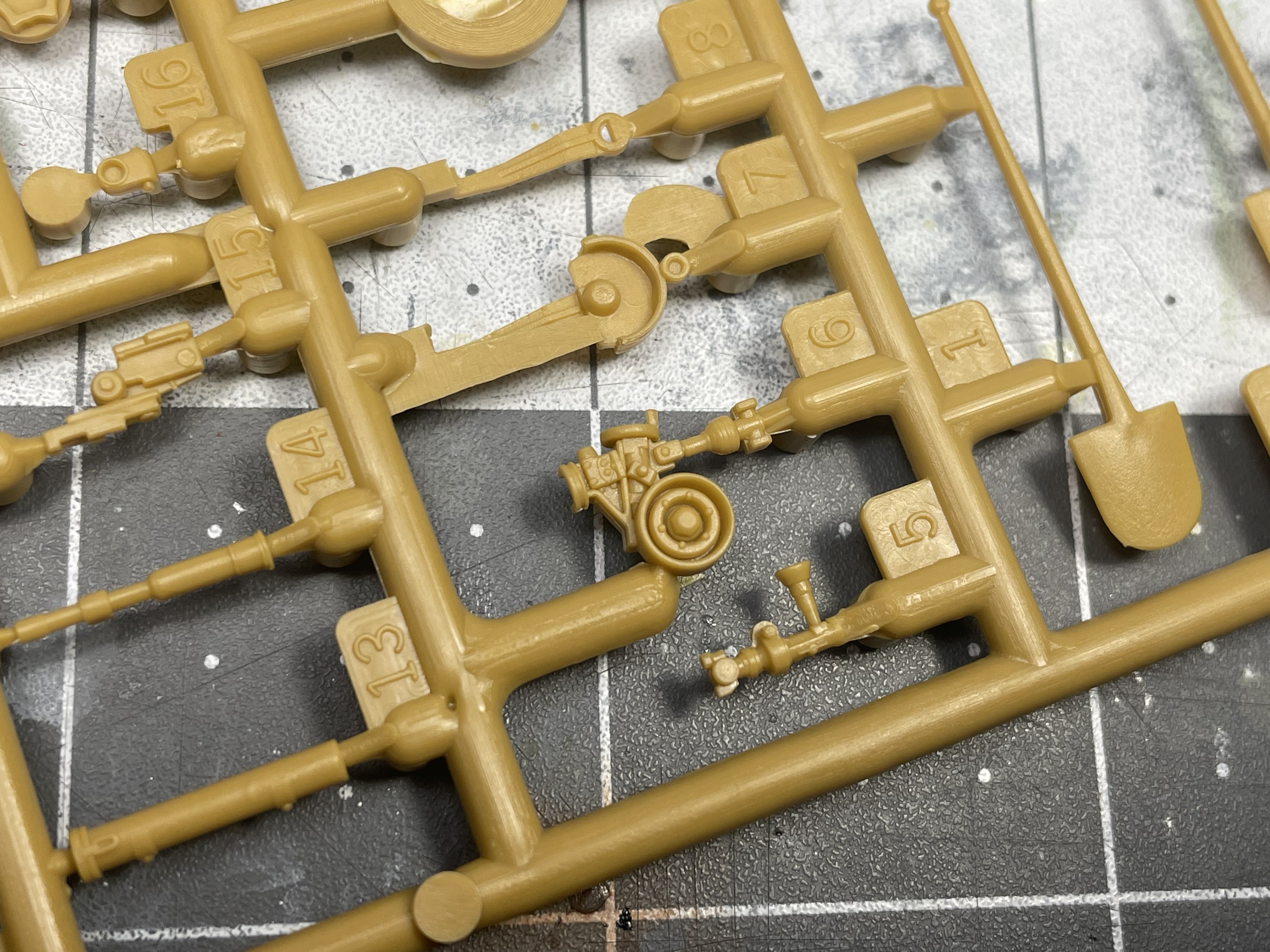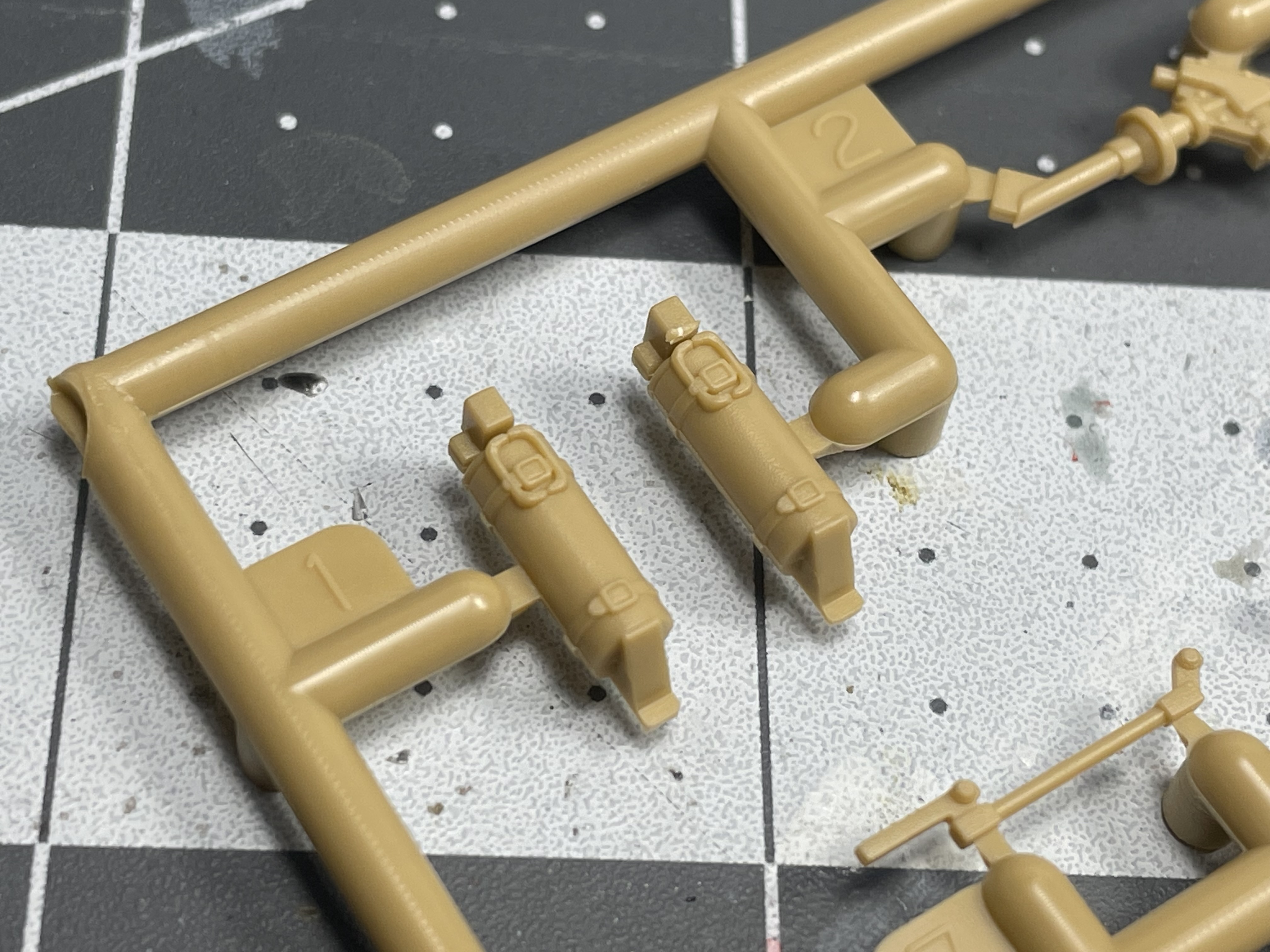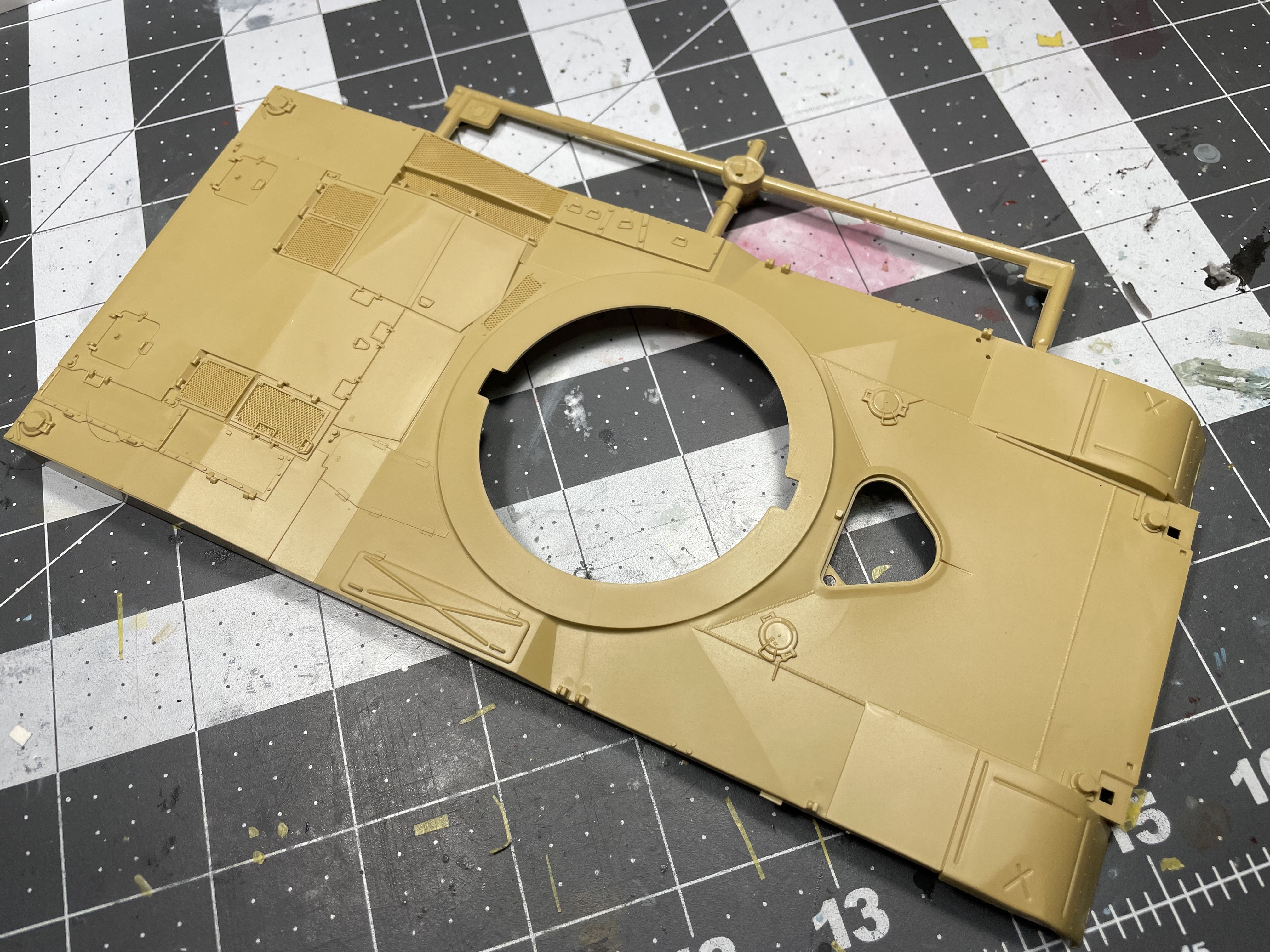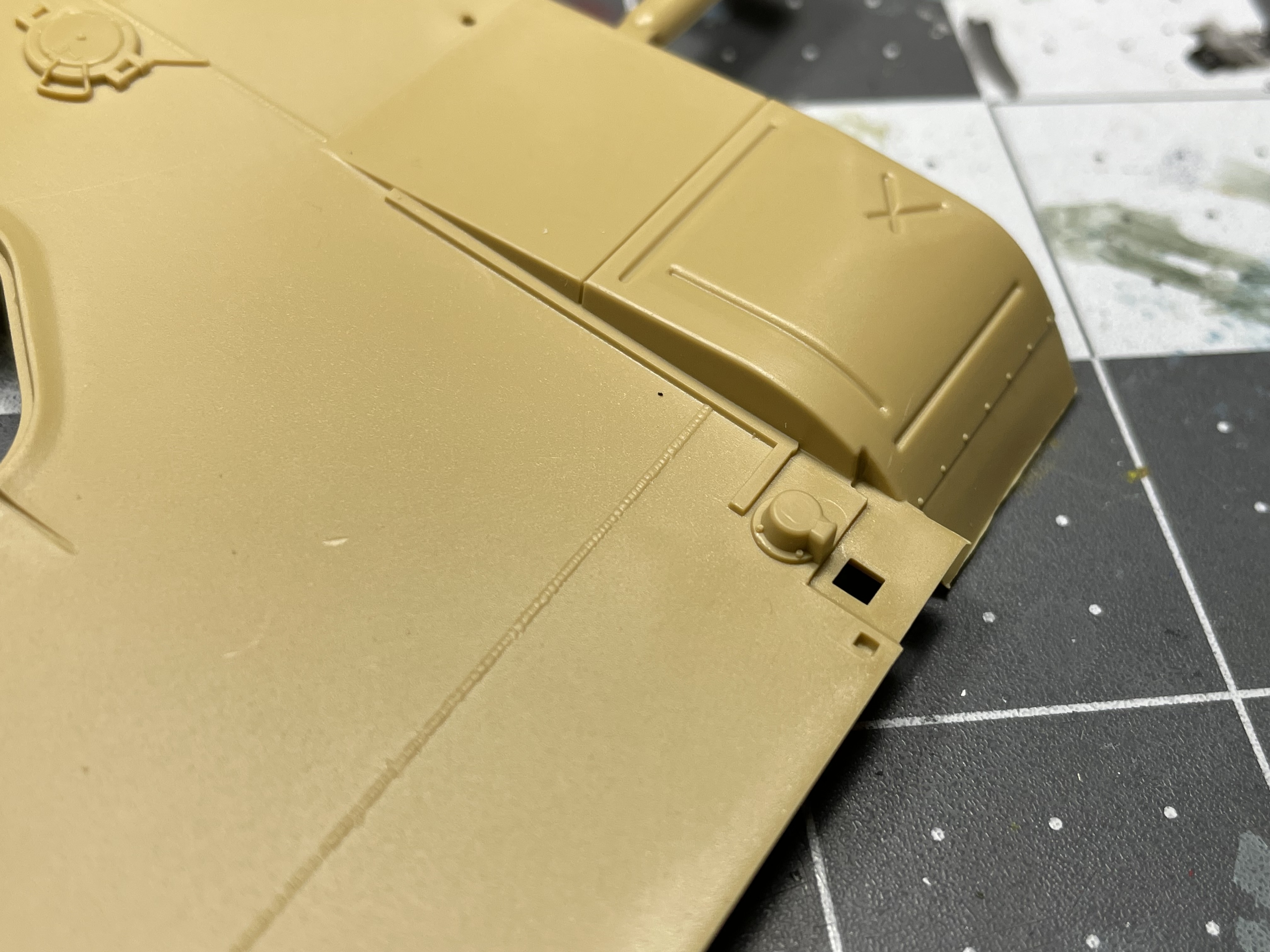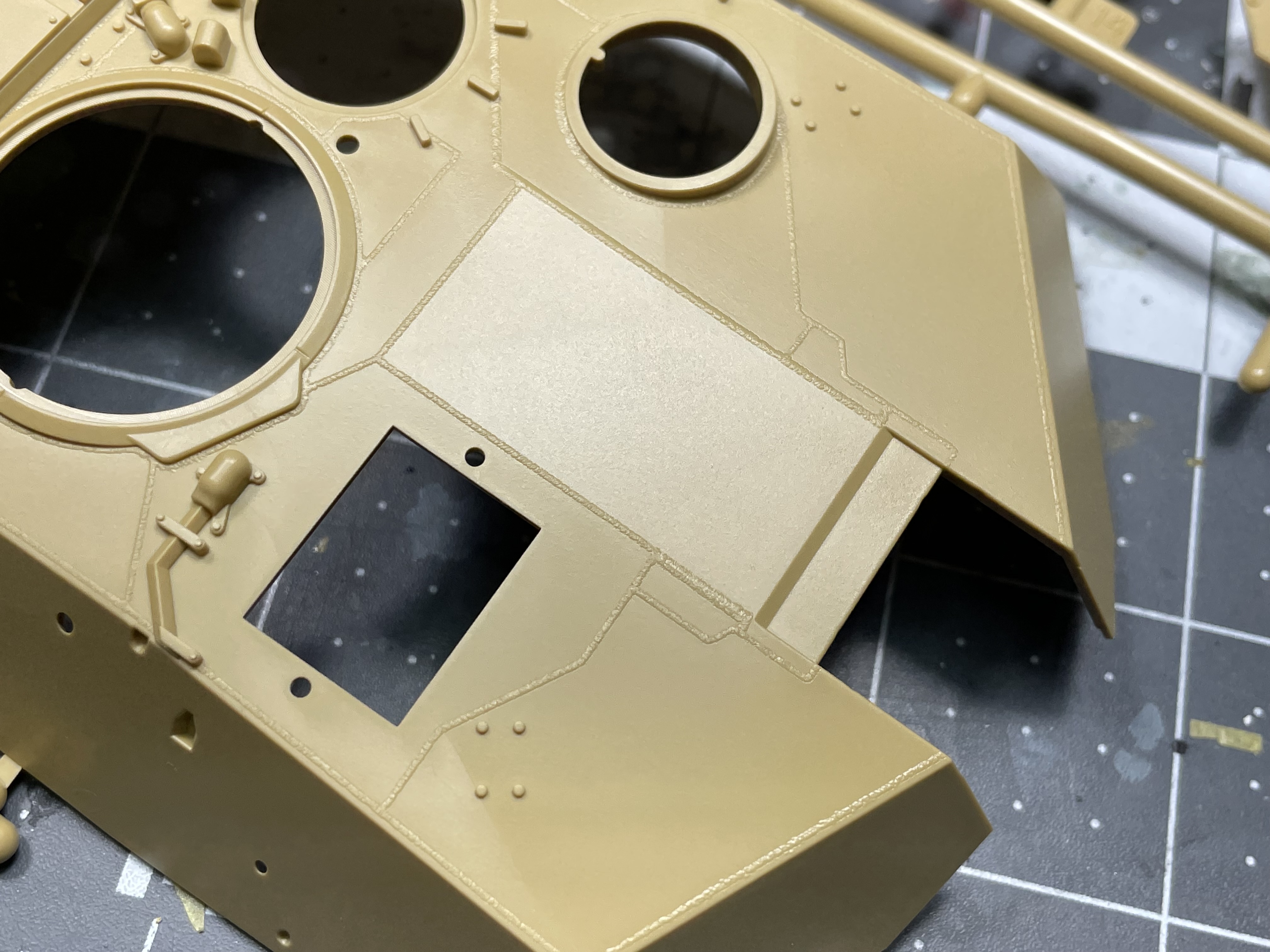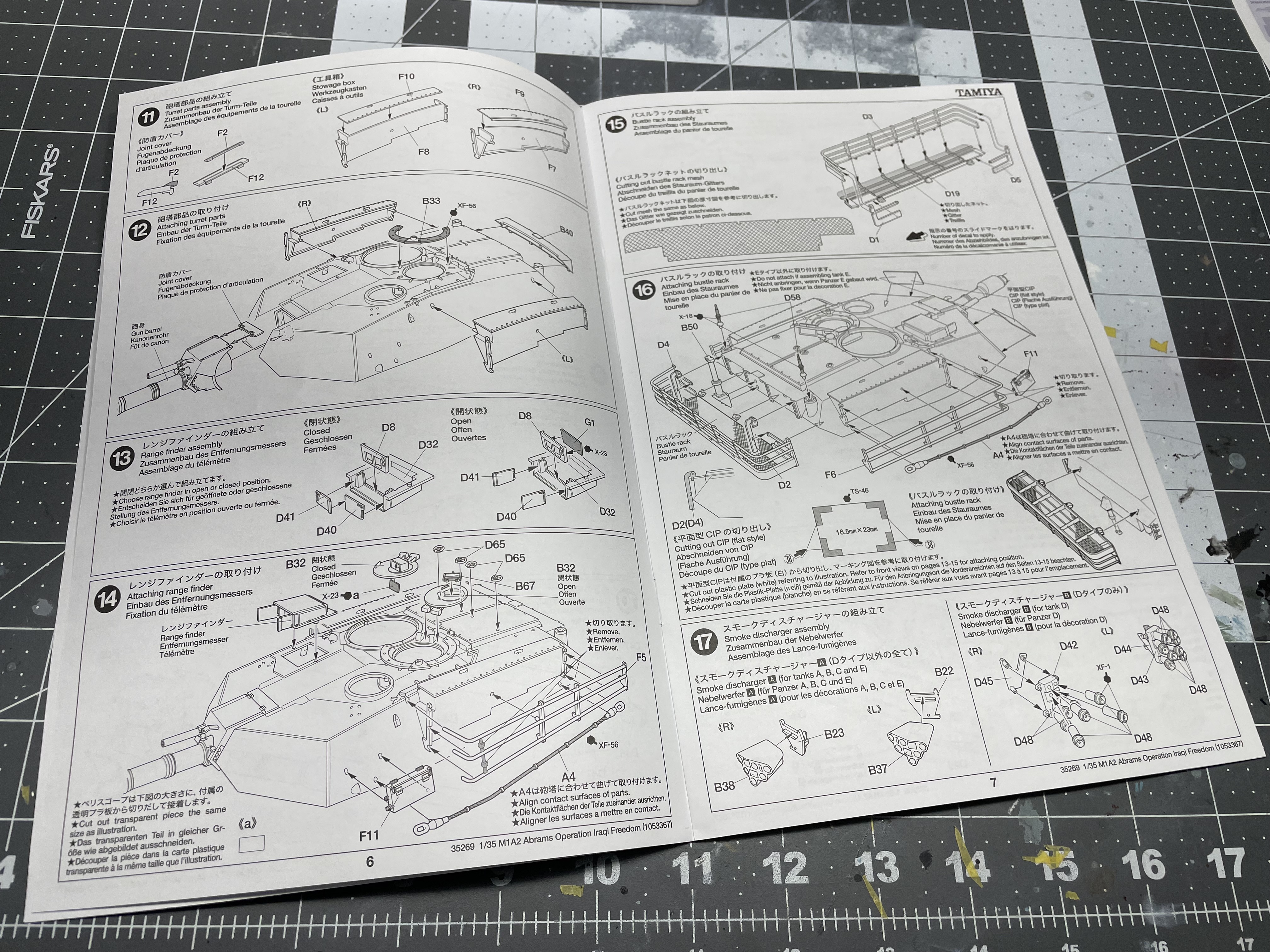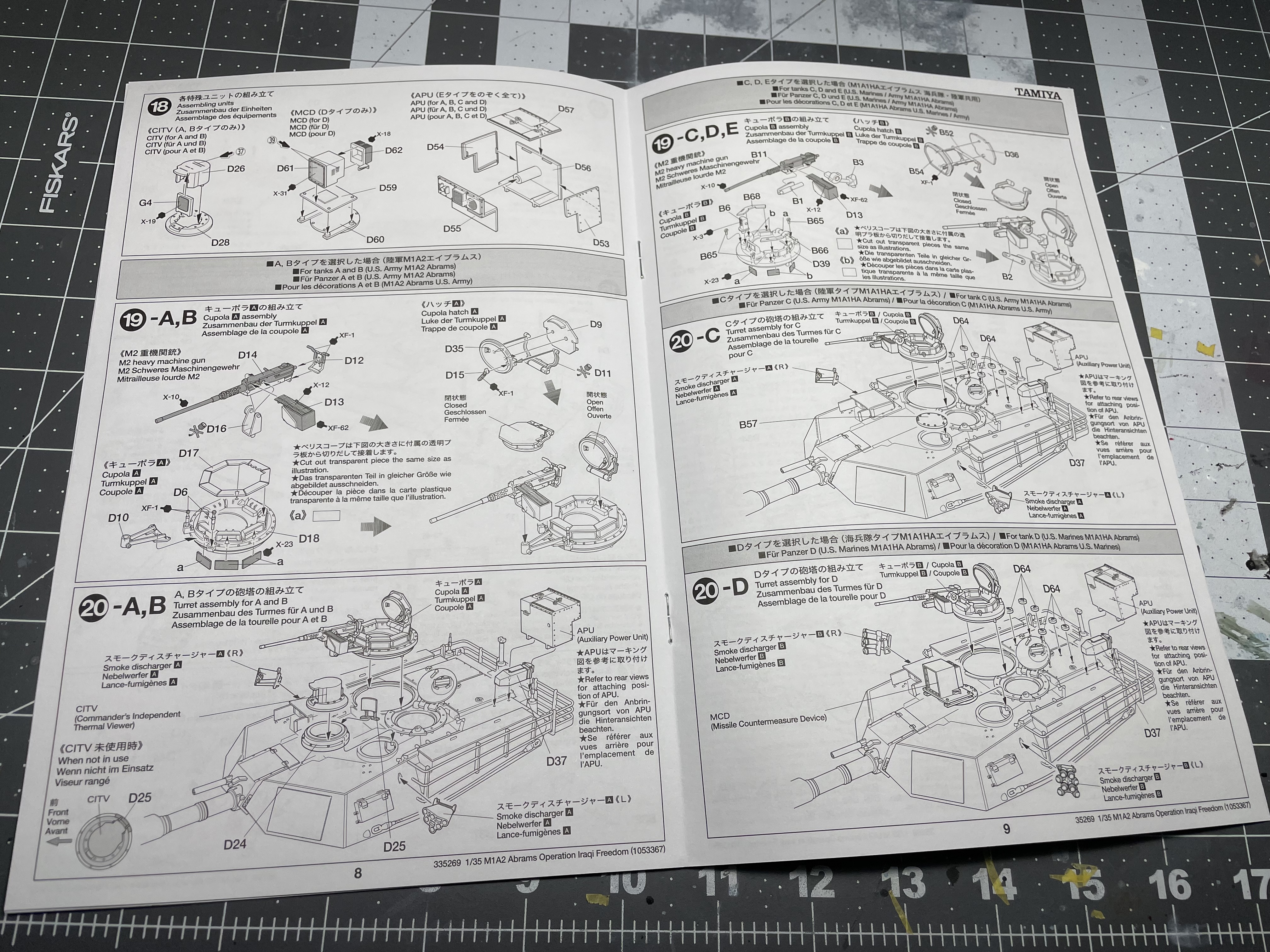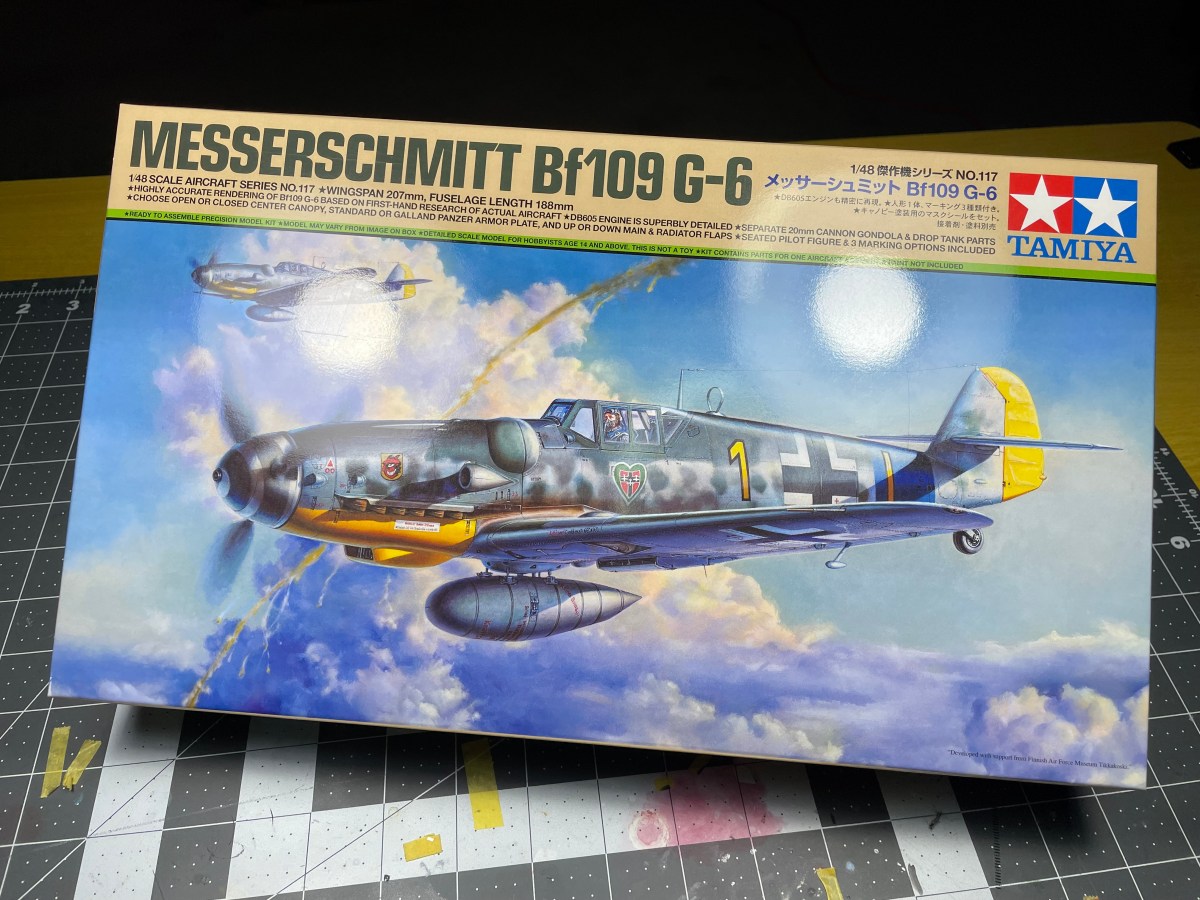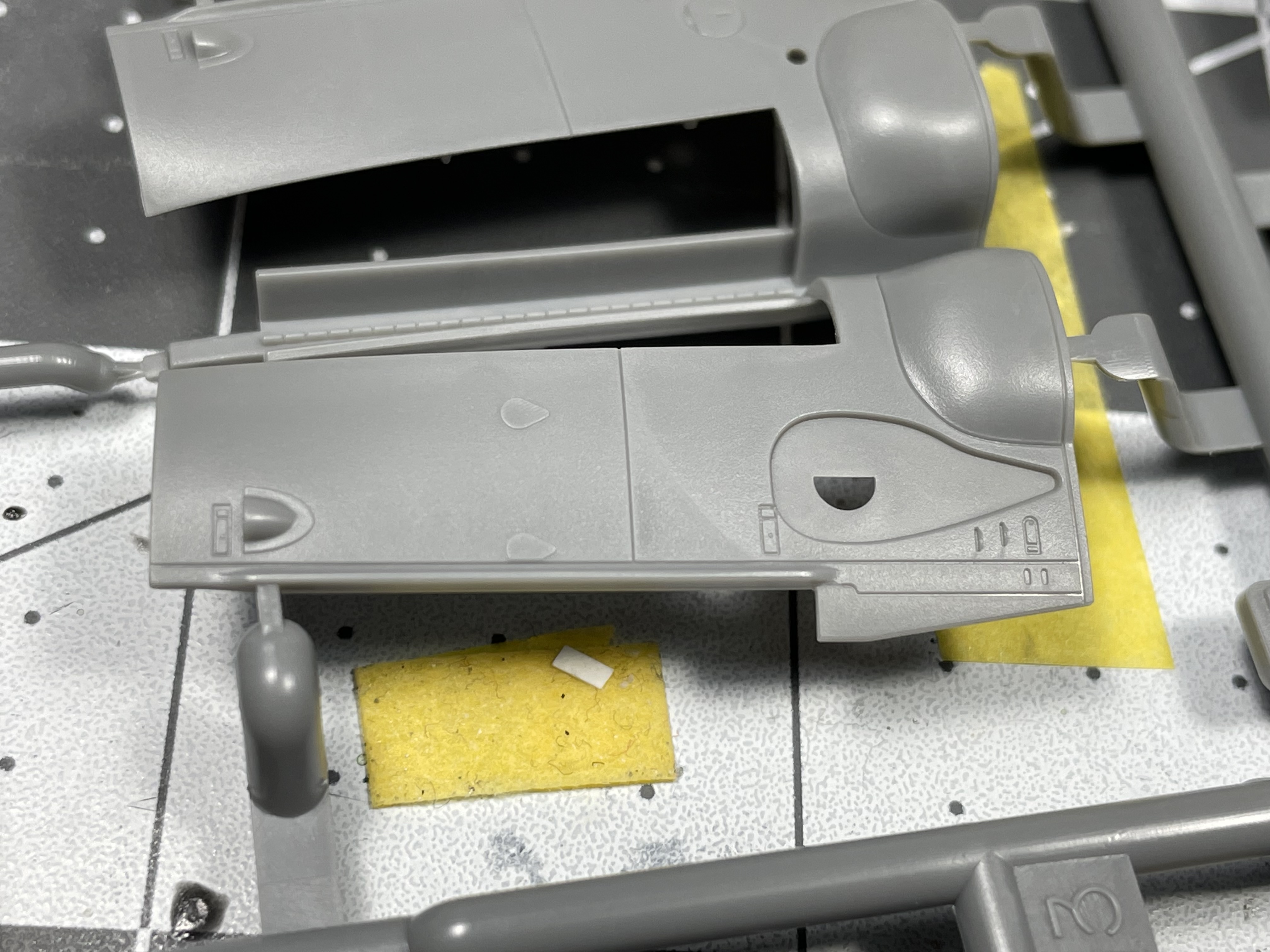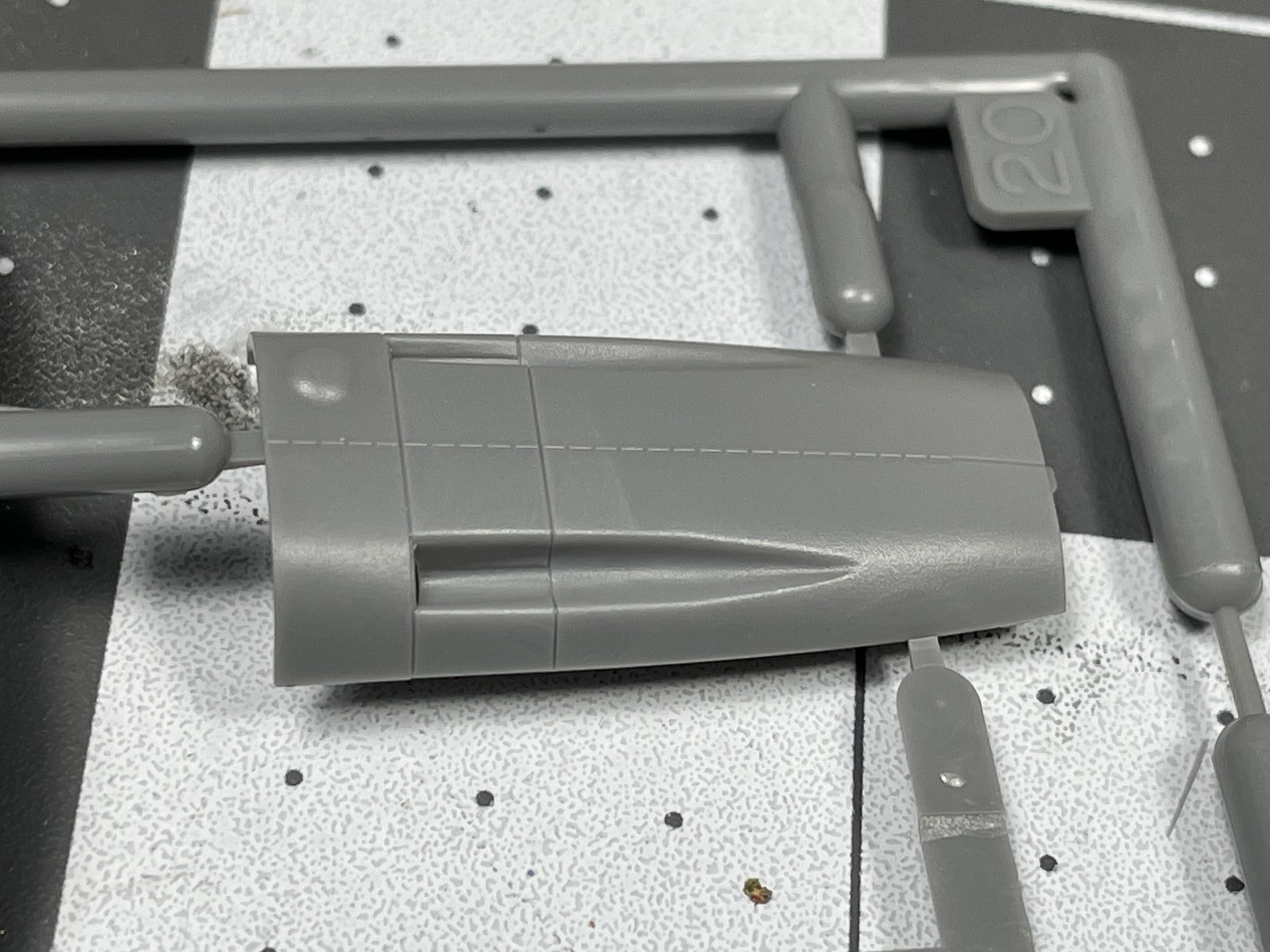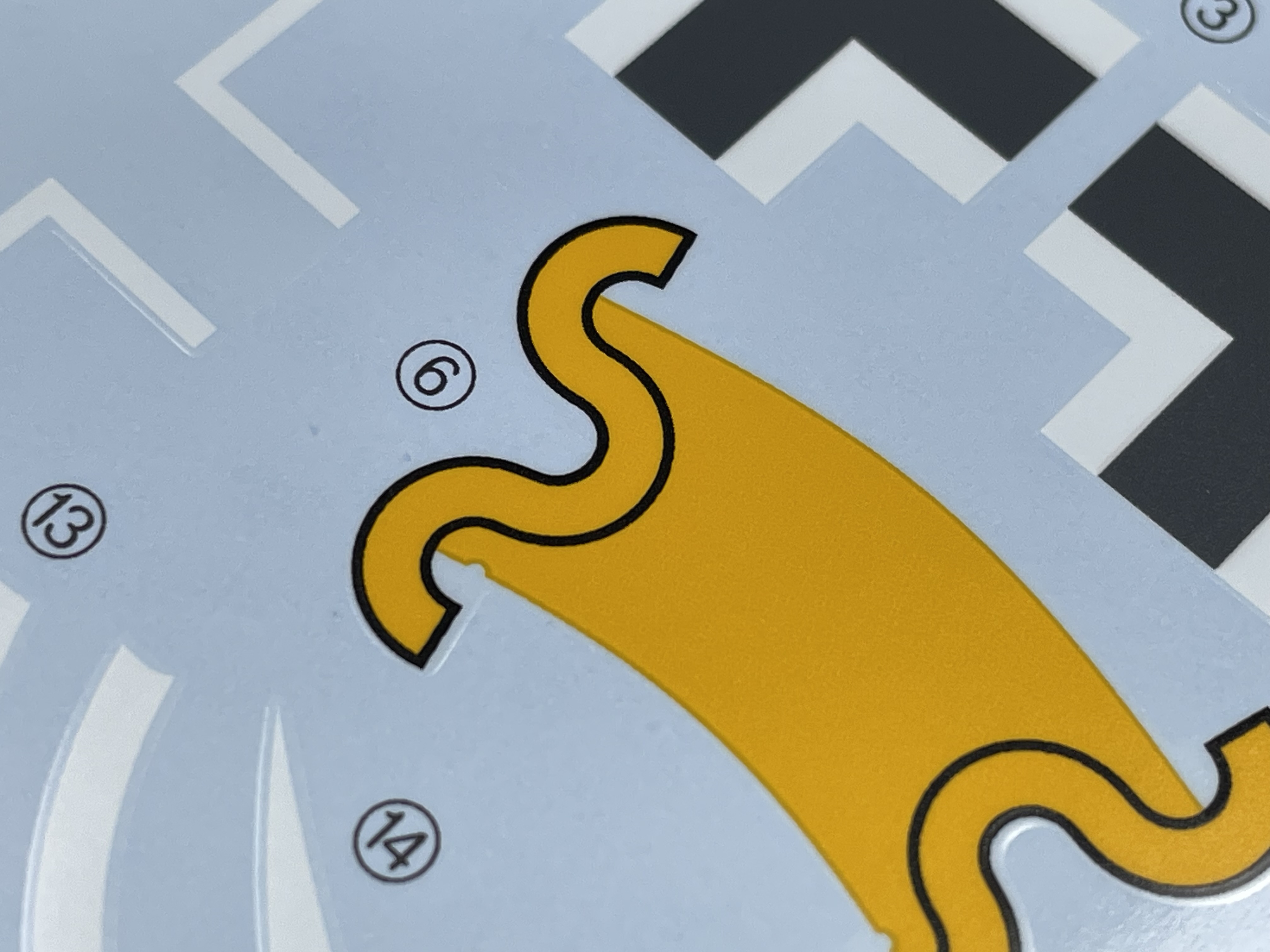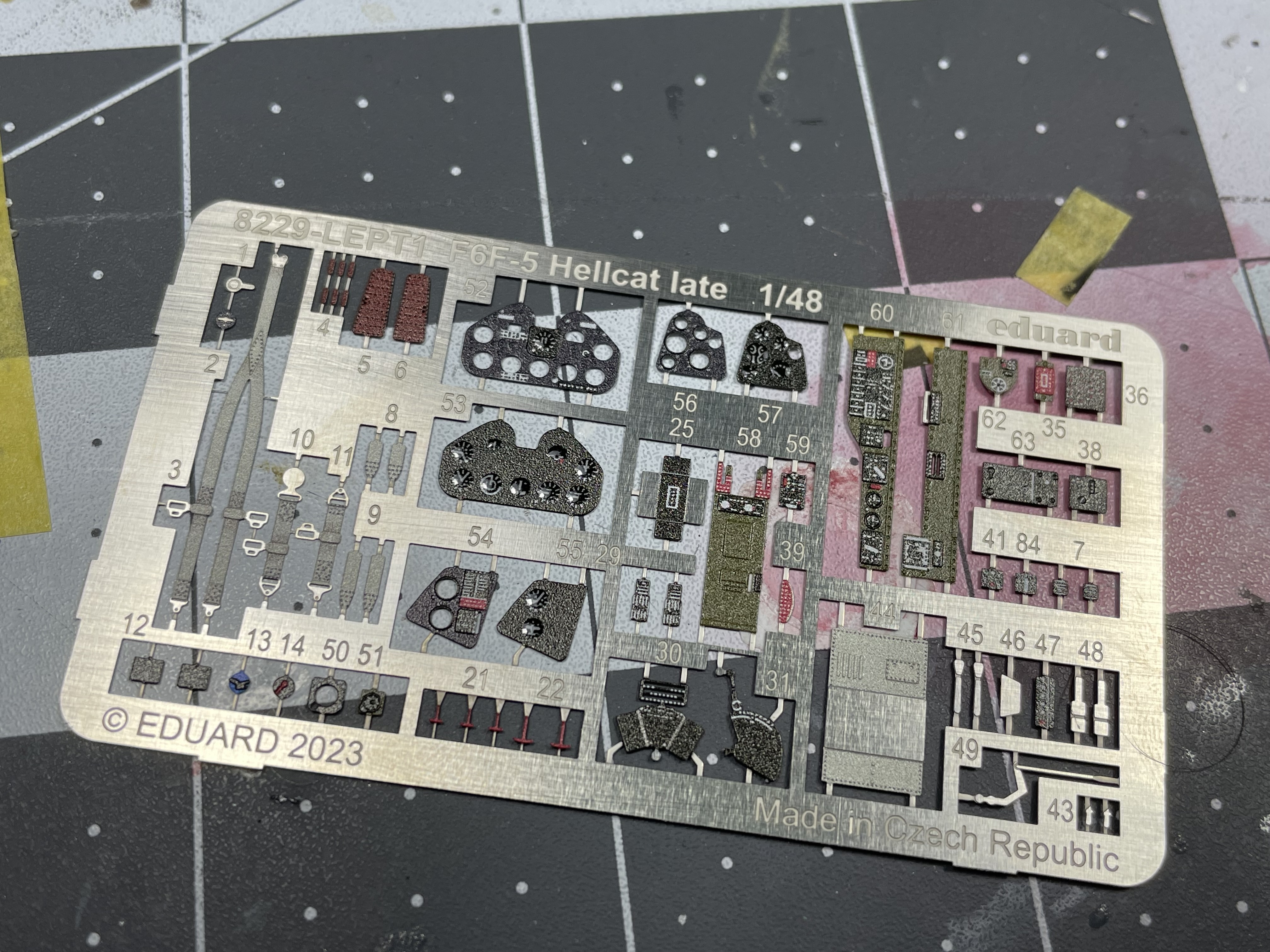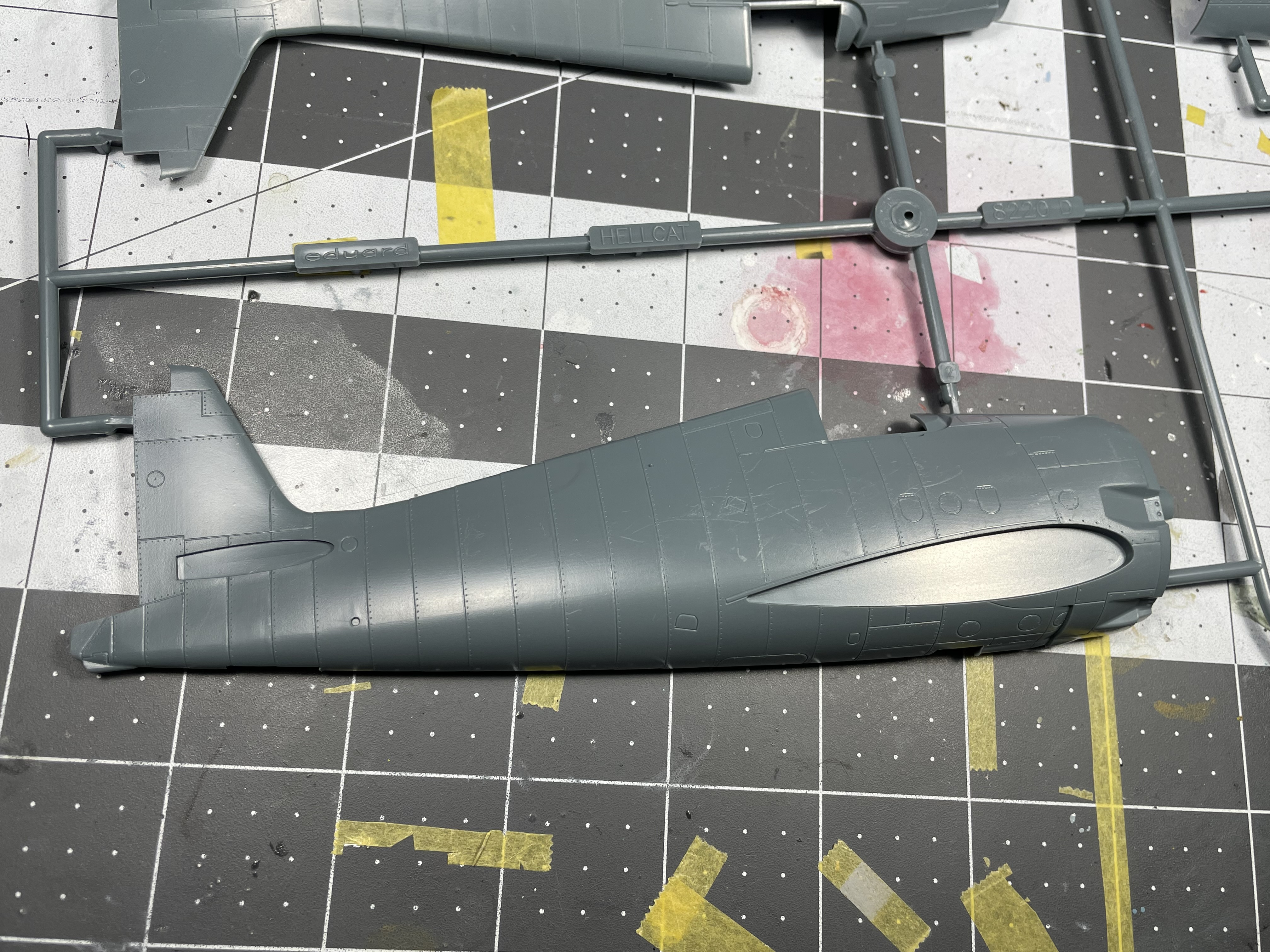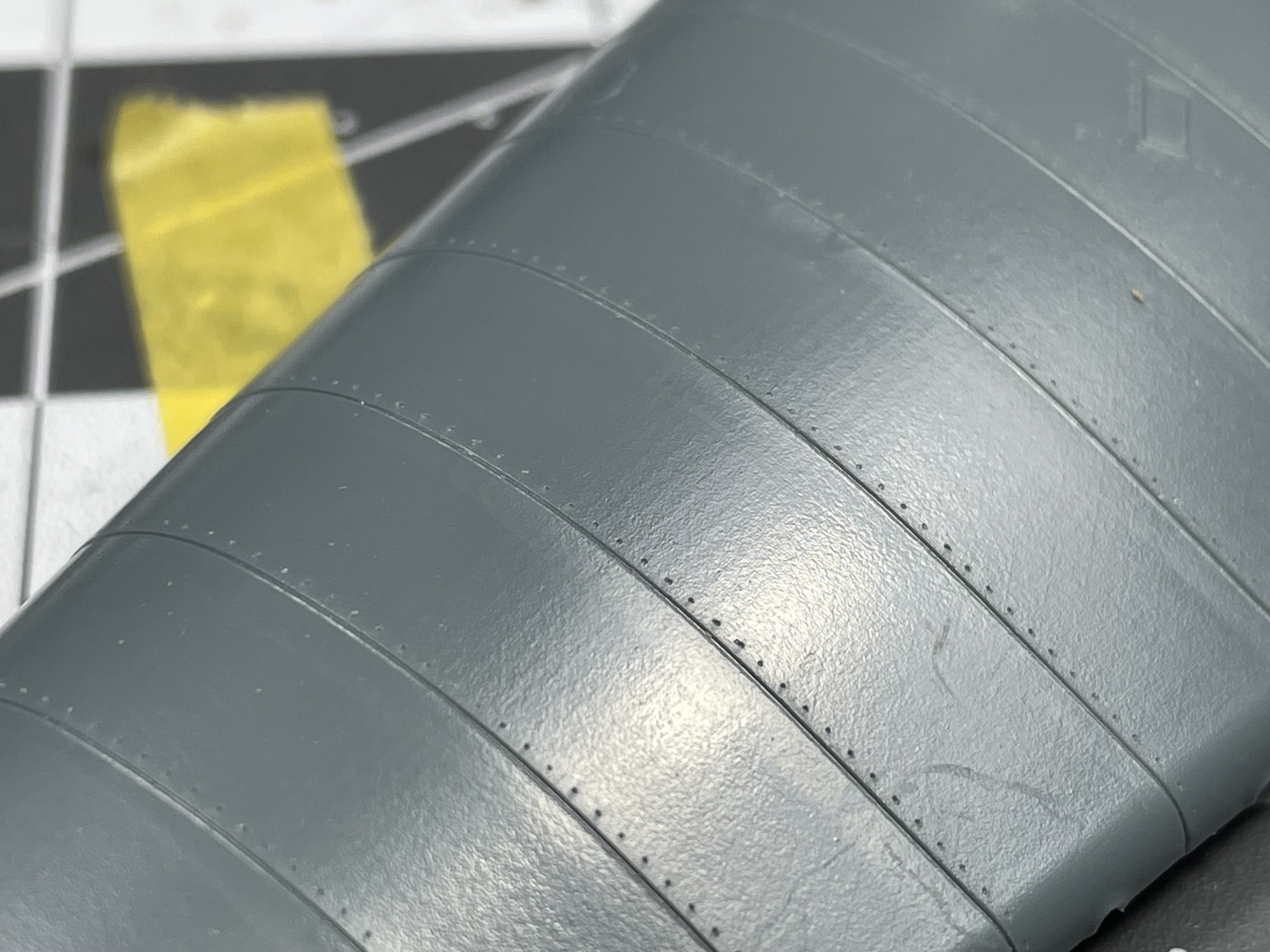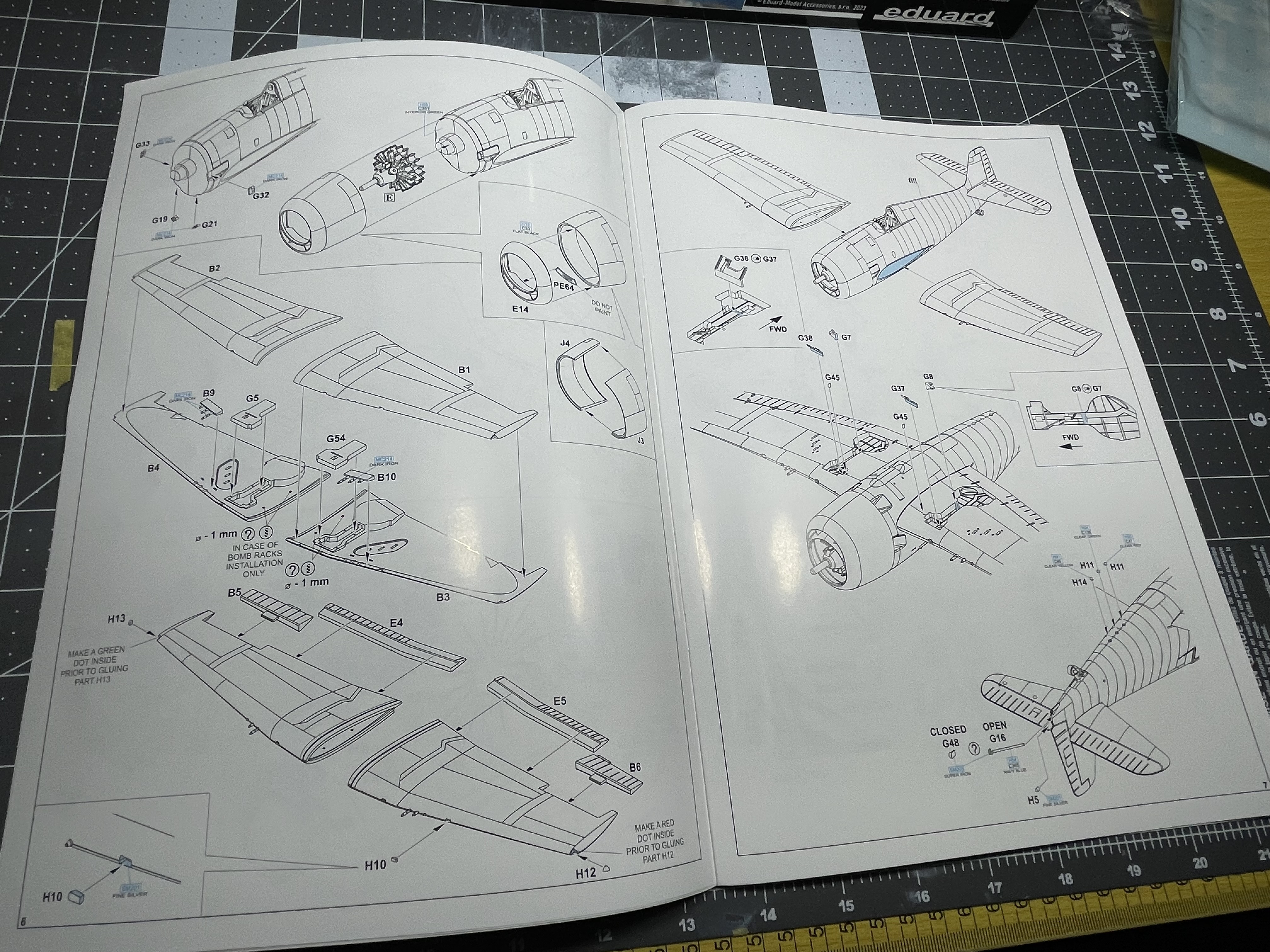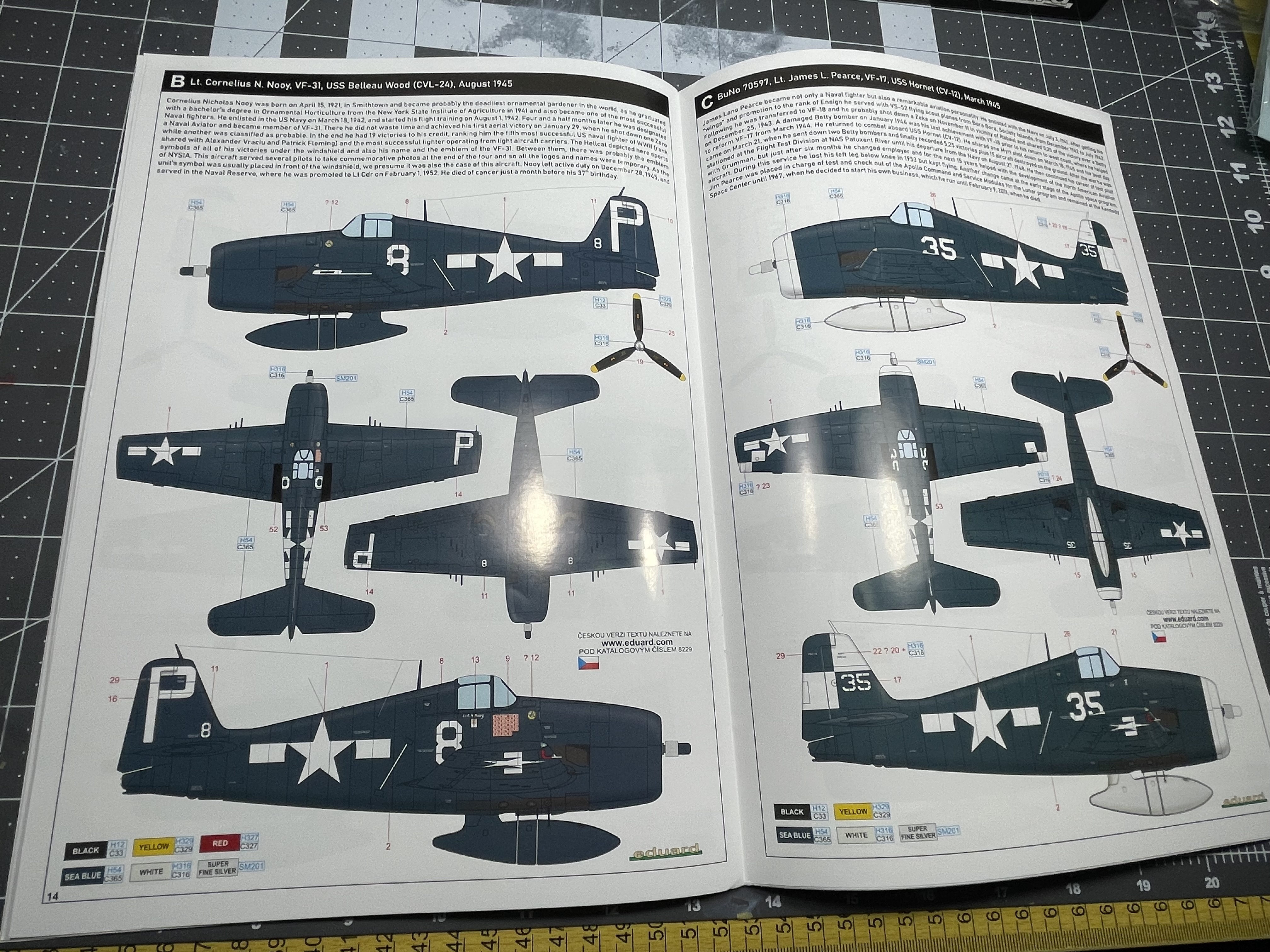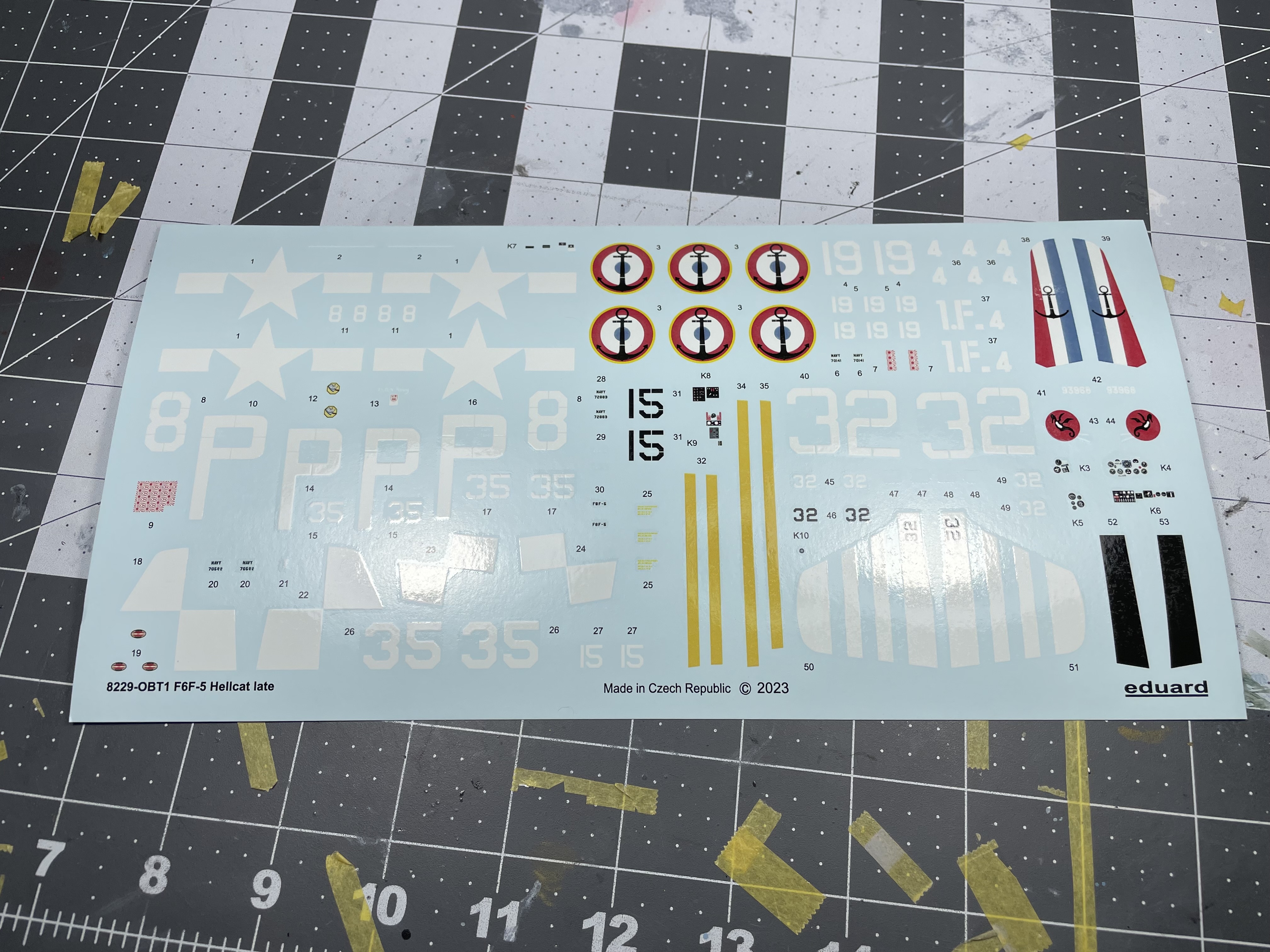
Out of all the French-designed tanks of WW2, the Somua S35 is undoubtedly my favourite. I’ve been meaning to build Tamiya 2015 release of the S35 for quite a while now and my recent trip to Japan was the perfect incentive to pick one up at the Tamiya Plamodel store.
Kit Features: 12/20
Tamiya kits are rarely stocked to the brim with nice features but this kit is better than most. Included is one figure and most surprisingly, snap together tracks. Also included is a nice chain, something I’ve never seen before in a Tamiya kit. It’s only a modest amount of features included but to be fair, this is a modest kit. Tamiya is doing more than they need to here for sure, they could have just included standard rubber tracks or molded the larger sections together on other releases. It’s a nice touch having snap together tracks included out of the box. I also like that a figure was included as well. There isn’t a ton of selection of French armour figures so the figure is definitely appreciated.
Quality of Molding: 42/50
Any new-tool release by Tamiya in the last 15 years has fantastic molding and the Somua is no exception. The cast texture on the turret and hull is perfectly replicated and I’m not really sure if I’ll be making my own or not, the out of box texture is that good. Molding details are sharp and crisp and will look excellent under paint. of particular note is the rear engine deck where small amounts of cast texture make way for the exhaust vents, It’s impressive that the armor texture is still visible in such small areas. Also included is a tarp made up out of three pieces which are excellently molded and indicative of the kinds of results modern injection molding can achieve. Overall there is no readily apparent drawbacks to the molding, the only that I could see was that some of the belts and buckles are molded onto parts and the detail could just be described as “average”.
Instructions: 15/20
Typically Tamiya’s instructions are slightly better above average but fairly basic. While Tamiya does include an instruction manual that fits this description, also included is a fairly extensive full colour pamphlet that goes into detail on the history of the Somua S35. I also really like that each marking option gets colour profiles. It’s far more often for only a single option (usually the box art) to get colour profiles with Tamiya releases and I like that they did all three. Only thing missing in my option is the backgrounds of the various marking options. Tamiya only tells you what unit each vehicle was a part of and nothing else, no year or location of any kind is provided.
Miscellaneous: 6/10

Included with the kit are three options for markings and seeing as the Somua was a fairly colourful tank I like that they included these three. I do feel however that there was an even wider range of schemes the Somua appeared in and a fourth even more pronounced scheme would not have been out of the question. That said, the marking options are still good and have given more than the bare necessities to the modeller
Total: 75/100
Recent releases from Tamiya (within the last 10 years) have been reliably solid kits and this Somua is no exception. Some nice ammenities in the form of snap together tracks and a figure only help to further increase its score which is largely held up by the immaculate surface detail. Also worth considering that Tamiya is really the only game in town all things considered when looking at the S35.
